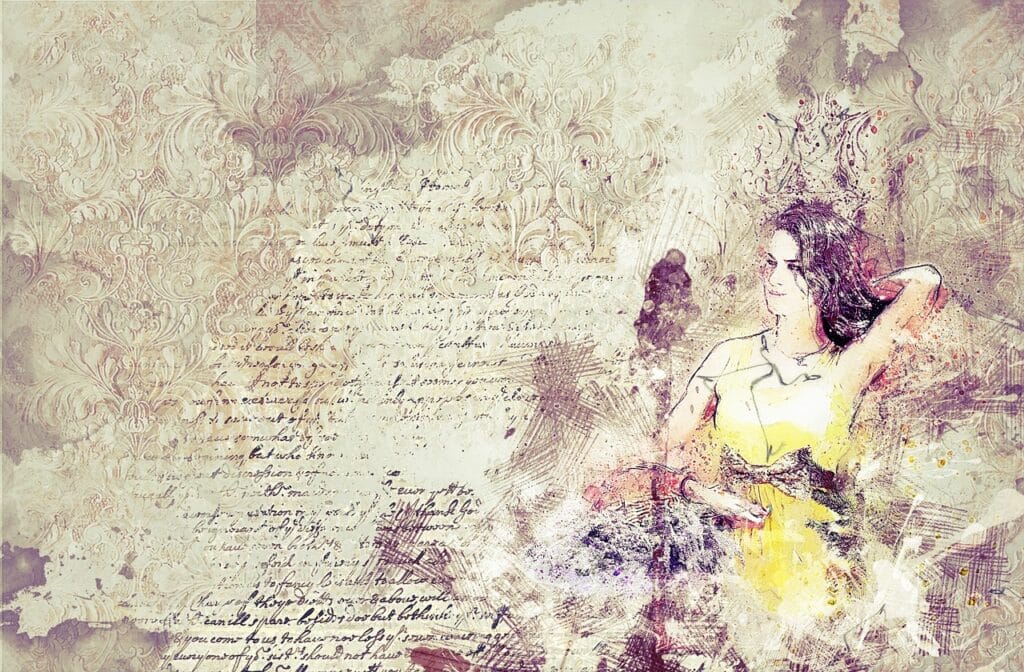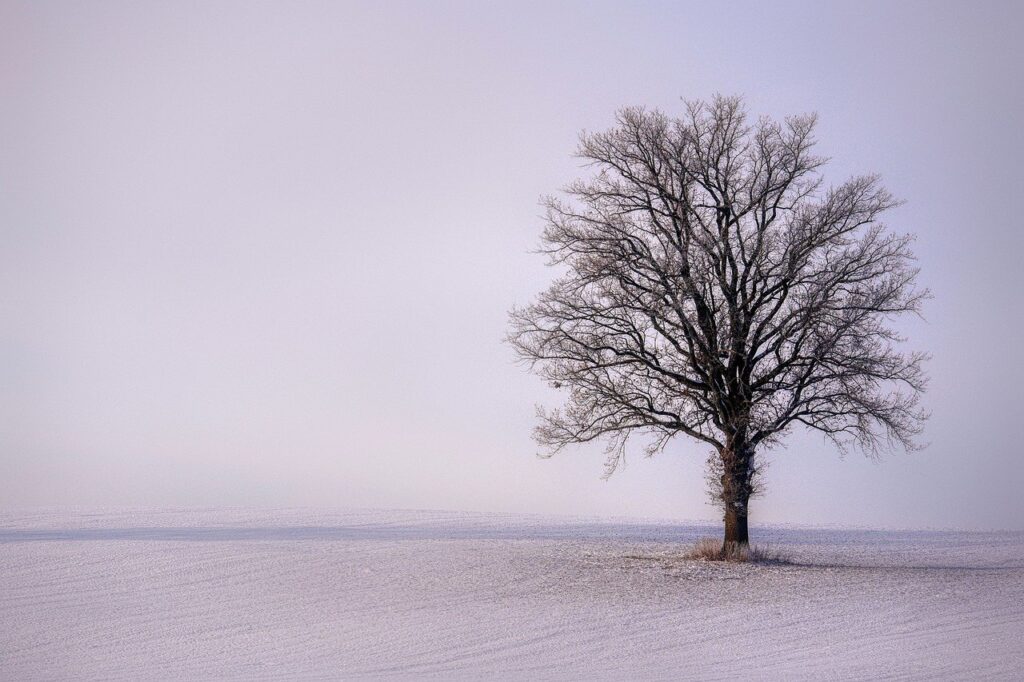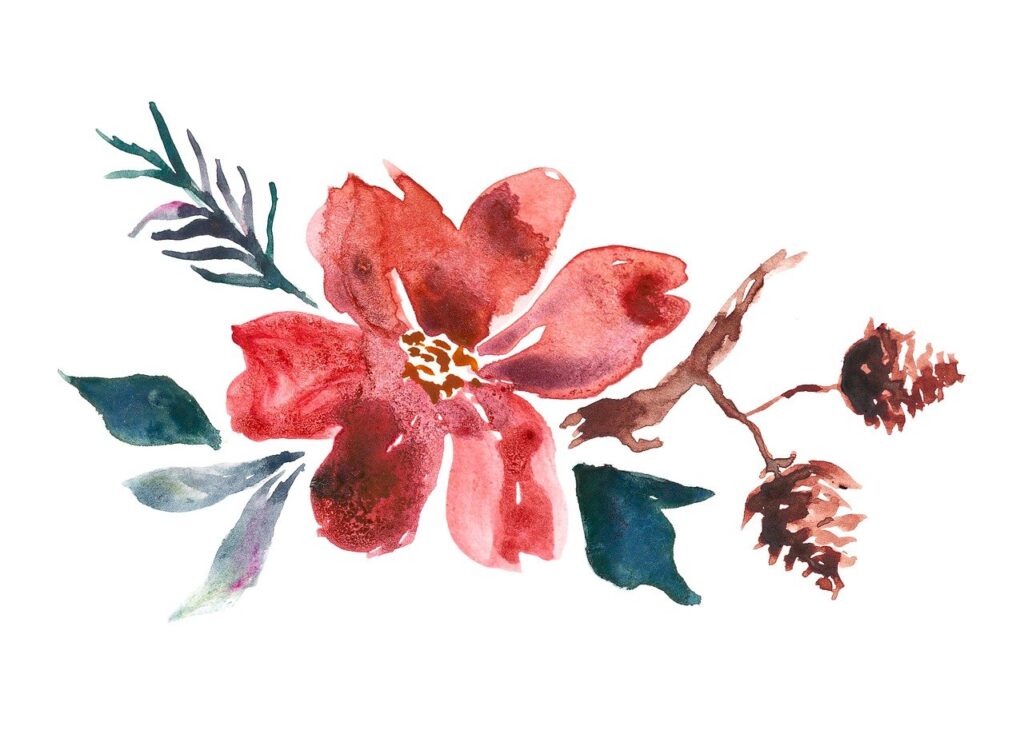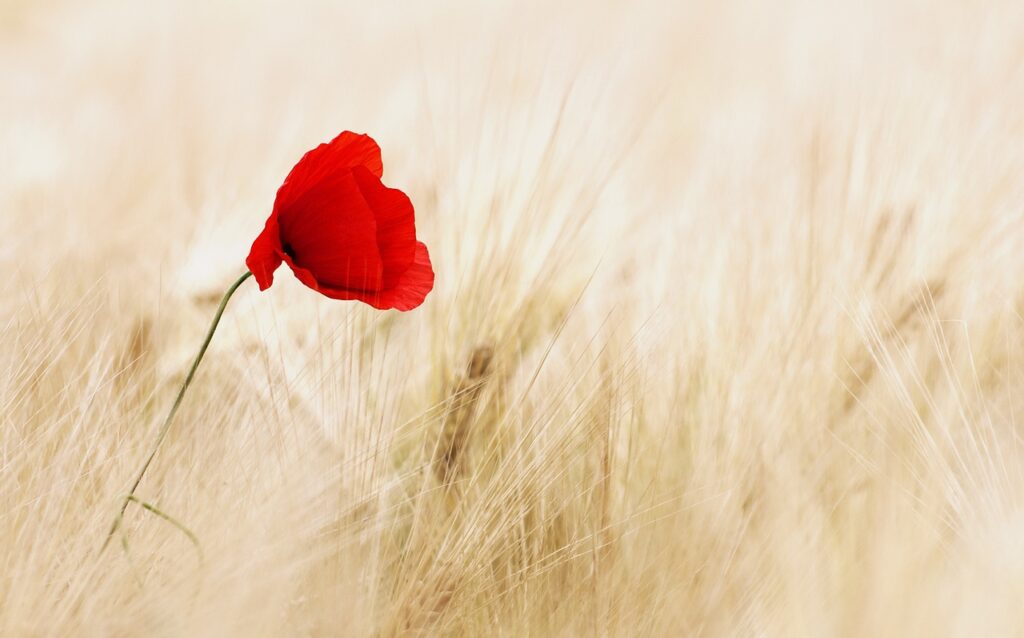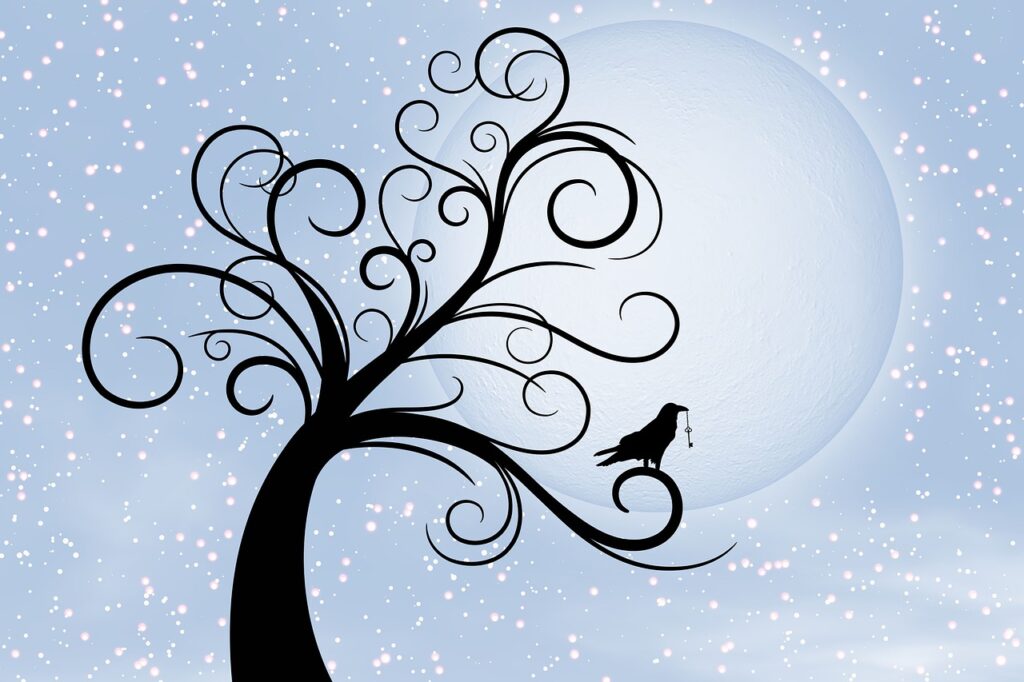Have you ever seen a piece of art that combines photos, paint, fabric, and other materials to create a rich, textured masterpiece? That’s a mixed media collage!
It is a fascinating art form that involves using a variety of materials, such as paper, paint, and canvas, to create a single piece of artwork. The beauty of this medium lies in its ability to combine different textures, colors, and patterns to produce something truly unique and visually appealing composition. Let’s delve into the fundamentals of mixed media collage:
What Does Collage in Mixed Media Represent?
1. A Fusion of Artistic Elements
At its core, a mixed media collage represents the blending of various artistic elements. Think of it as a melting pot where different forms of art like painting, photography, drawing, and even sculpting come together. This fusion not only enriches the visual appeal but also tells a more complex story through diverse textures and materials.
2. Personal Expression and Storytelling
Every piece of mixed media art is a reflection of the artist’s personal experiences, emotions, and imagination. It’s a powerful way to tell a story or convey a message that might not be possible through a single medium. By combining elements, artists can express themselves more fully and connect with viewers on multiple levels.
3. Freedom and Exploration
Mixed media collage is all about breaking the rules. Traditional art forms often come with a set of conventions, but mixed media challenges those norms by encouraging experimentation and innovation. This approach not only expands the horizons of art but also allows for more freedom and creativity.
How Can I Start Creating My Own Mixed Media Collages?
1. Choose a Theme or Concept
- Begin by deciding on a theme or concept for your collage. Consider what inspires you—whether it’s nature, emotions, or storytelling.
- Think about the elements you want to incorporate. For example, since you enjoy seascapes and flowers, you might want to include ocean waves, petals, or other related imagery.
2. Gather Your Materials
- Paper: Collect different types of paper—old book pages, tissue paper, scrapbook paper, and even paper napkins. Each type adds a unique texture.
- Paints and Inks: Acrylic paints, watercolors, and ink sprays work well. They add color and depth to your collage.
- Adhesives: Use matte medium, gel medium, or other collage-specific adhesives to stick elements together.
- Found Objects: Buttons, fabric scraps, dried leaves, or small trinkets can be incorporated.
- Scissors or a craft knife
3. Choose Your Surface
- Decide on the surface for your collage. It could be canvas, watercolor paper, or even a journal page.
- Prepare the surface by applying a base layer (such as gesso) to create a stable foundation.
4. Layering Techniques
Background First
Layering is key in mixed media collage. Begin by creating a background. Start by adhering your base layer using matte medium. This can be a solid color, a blend of paints, or even a collage of papers, old book pages, etc. The background sets the stage for your main elements.
Add Mid-Layers
Next, add mid-layers such as drawings, magazine cutouts, or printed images. These elements build depth and interest in your piece. Use tissue paper, fabric, painted elements, and found objects. Experiment with placement and composition.
Focus on the Foreground
Finally, add the most important elements in the foreground. These should be the focal points of your collage, drawing the viewer’s attention.
5. texture and Depth
- Create texture by crumpling tissue paper, tearing edges, or using stencils.
- Add depth by varying the thickness of your layers. Some elements can be raised with foam tape for a 3D effect.
6. Paint and Ink
- Apply acrylic paints or watercolors over your collage. Let some of the underlying layers show through.
- Use ink sprays for splatters or to create interesting backgrounds.
7. Collage Elements
- Incorporate your chosen imagery. For seascapes, consider torn paper waves or abstract ocean shapes.
- Flowers can be represented through painted petals, stamped floral images, or real pressed flowers.
8. Details and Finishing Touches
- Add details like handwritten text, doodles, or symbols related to your theme.
- Consider using stamps, stencils, or rub-ons for additional patterns and interest.
9. Protective Coating
- Once your collage is complete, apply a protective coating. You can use matte or gloss varnish to seal the layers.
10. Mindfulness and Intuition
- As someone who values mindfulness, allow yourself to be present during the process. Let intuition guide your choices.
- Trust that each layer contributes to the overall story of your collage.

